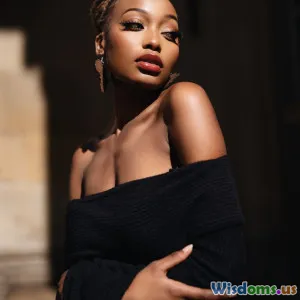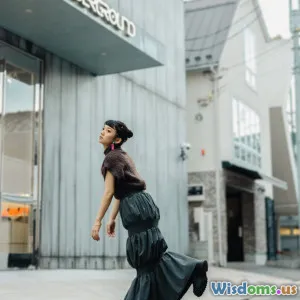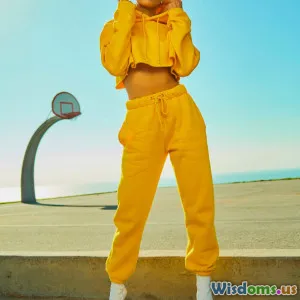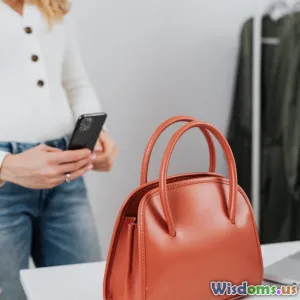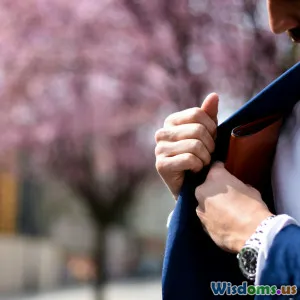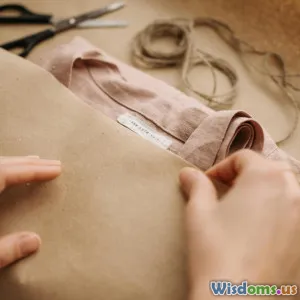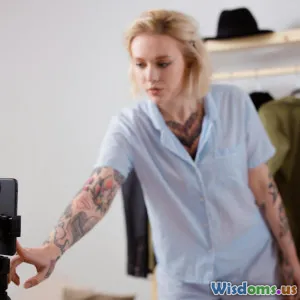
From Blog To Runway How Bloggers Land Designer Collabs
12 min read Discover how influential bloggers partner with top designers and transform their platforms into powerful collaborations within the fashion industry. (0 Reviews)
From Blog to Runway: How Bloggers Land Designer Collabs
In the fashion world, the digital sphere and the catwalk are no longer separate arenas. Over the past decade, style bloggers have rocked the industry, moving from the privacy of their laptops to the limelight of designer collaborations. What was once a niche pursuit now unlocks actual opportunities – invitations to exclusive shows, influencer contracts, capsule collections, and sometimes even stardom equal to that of longstanding magazine editors. The journey from humble blog posts to high-fashion partnerships is as strategic as it is stylish. Here’s an inside look at how fashion bloggers land meaningful designer collaborations and blaze a trail from URLs to runways.
Building a Credible Online Presence
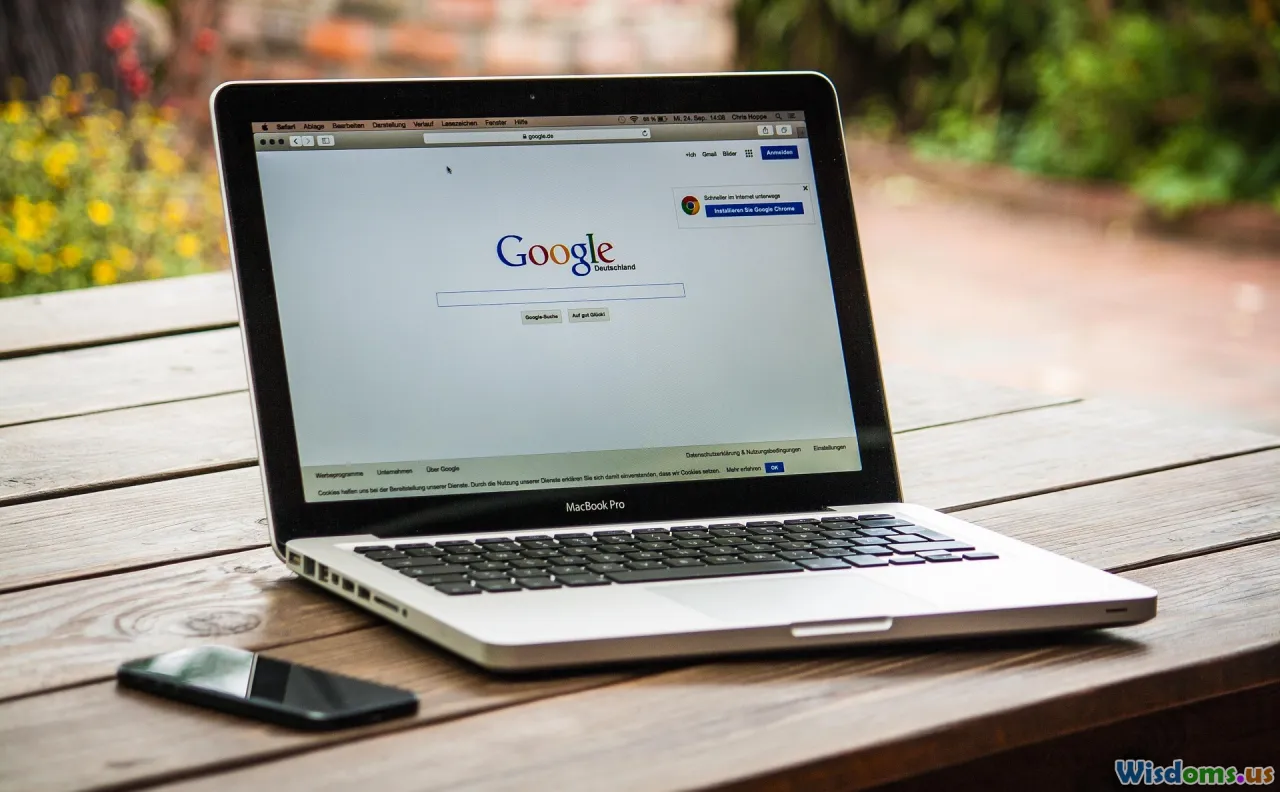
Credibility is the cornerstone for any blogger aiming for designer attention. Brands stake their name on partners, so proven influence and authenticity are must-haves rather than nice-to-haves.
Start with a Niche
While broad appeal attracts some brands, niche expertise draws more deliberate partnerships. Danielle Bernstein of WeWoreWhat started out documenting her distinct, everyday outfits—mixing high and low pieces. Chiara Ferragni launched The Blonde Salad centering on Italian street style. Both cultivated signature voices and distinct aesthetics, which later made them natural fits for designers seeking fresh perspectives.
Showcase Consistency & Quality
From photo editing to posting schedule, consistency builds follower trust and piques brand interest.
- Visual Storytelling: Regularly update your social accounts and blog with polished, well-composed images. According to a RewardStyle report (2022), posts with high-quality imagery yield 23% more engagement—a critical metric for brands.
- Voice & Values: Communicate core fashion philosophies. Whether it's sustainability like Aditi Mayer (@aditimayer) or luxury minimalism like Blair Eadie (@blaireadiebee), clarity in style and values makes bloggers desirable to brands with matching missions.
Leverage Social Engagement
Engaged audiences are gold. Use Instagram Stories polls, TikTok challenges, and comment replies to invite follower participation. Marc Jacobs’ collaboration with Susan Fang was partly due to her ongoing dialogue with followers—a sign her endorsement would resonate.
Connecting with Brands: Making the First Move
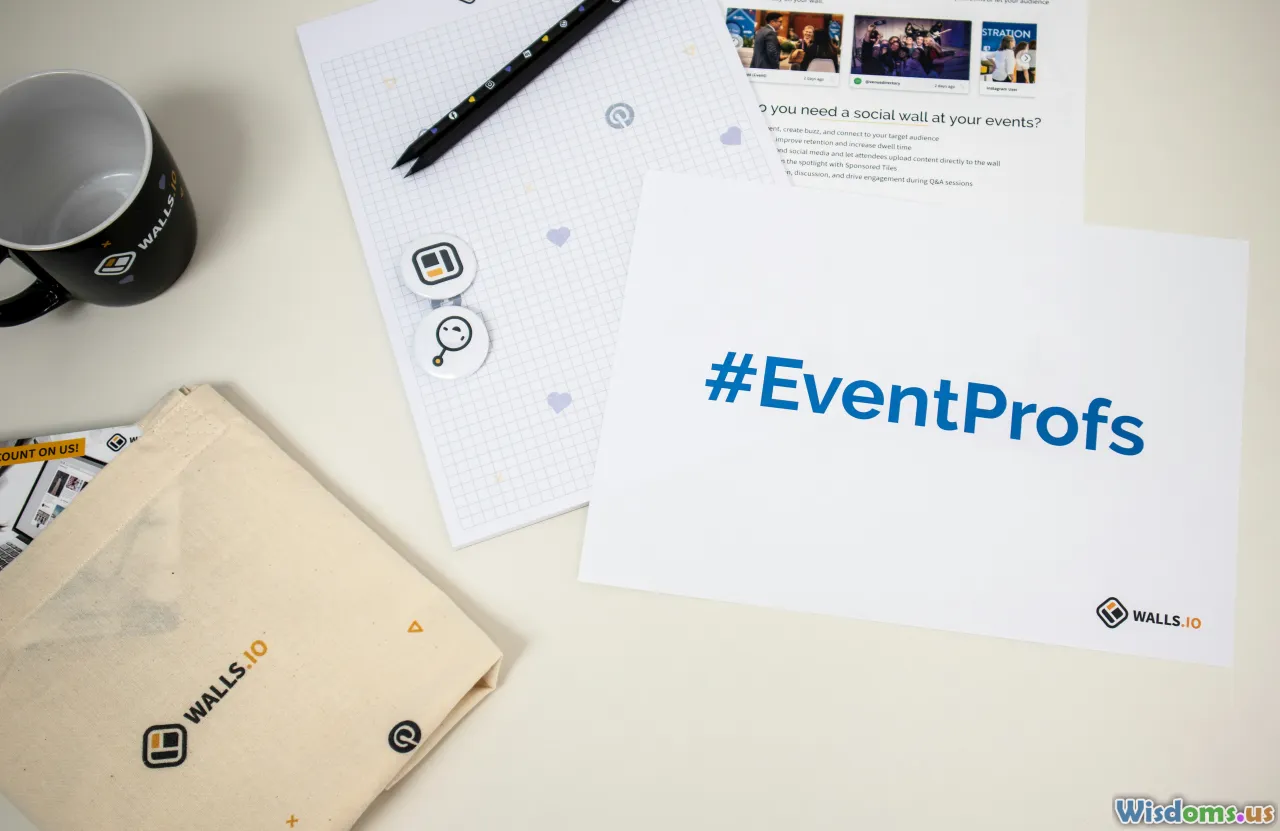
Though some partnerships result from brands canvassing top bloggers, doors often open faster if the blogger initiates contact.
Research and Target Right-Fit Designers
Generic email blasts rarely work. Experienced bloggers personalize pitches. Consider:
- Right Scale: Emerging designers are often eager to collaborate and more flexible than heritage brands. Leandra Medine of Man Repeller (before its closure) spotlighted new designers, prompting both press and partnerships.
- Brand Alignment: Pitch to designers whose aesthetic matches the blogger’s. For example, Tamu McPherson (@tamumcpherson) often posts whimsical, color-forward looks, drawing brands such as Valentino and Marni.
Perfecting the Pitch
An effective pitch is concise, visual, and numbers-driven.
- Tell a Story: Outline why a collaboration makes sense, suggest creative campaign ideas, and specify deliverables.
- Provide Evidence: Share engagement data, audience insights, and case studies of earlier partnerships with stats.
Many successful bloggers invest in press kits or personalized digital portfolios outlining their work.
Attending Industry Events
Fashion weeks, showroom previews, launch parties—these aren’t just spectacles, they’re networking opportunities. Physically mingling with designers and PR reps builds relationships beyond emails. Influencers like Bryanboy and Susie Lau frequently recount unexpected brand connections forged in fashion week backstages or afterparties.
Creating Value for Designers: Beyond Promotion
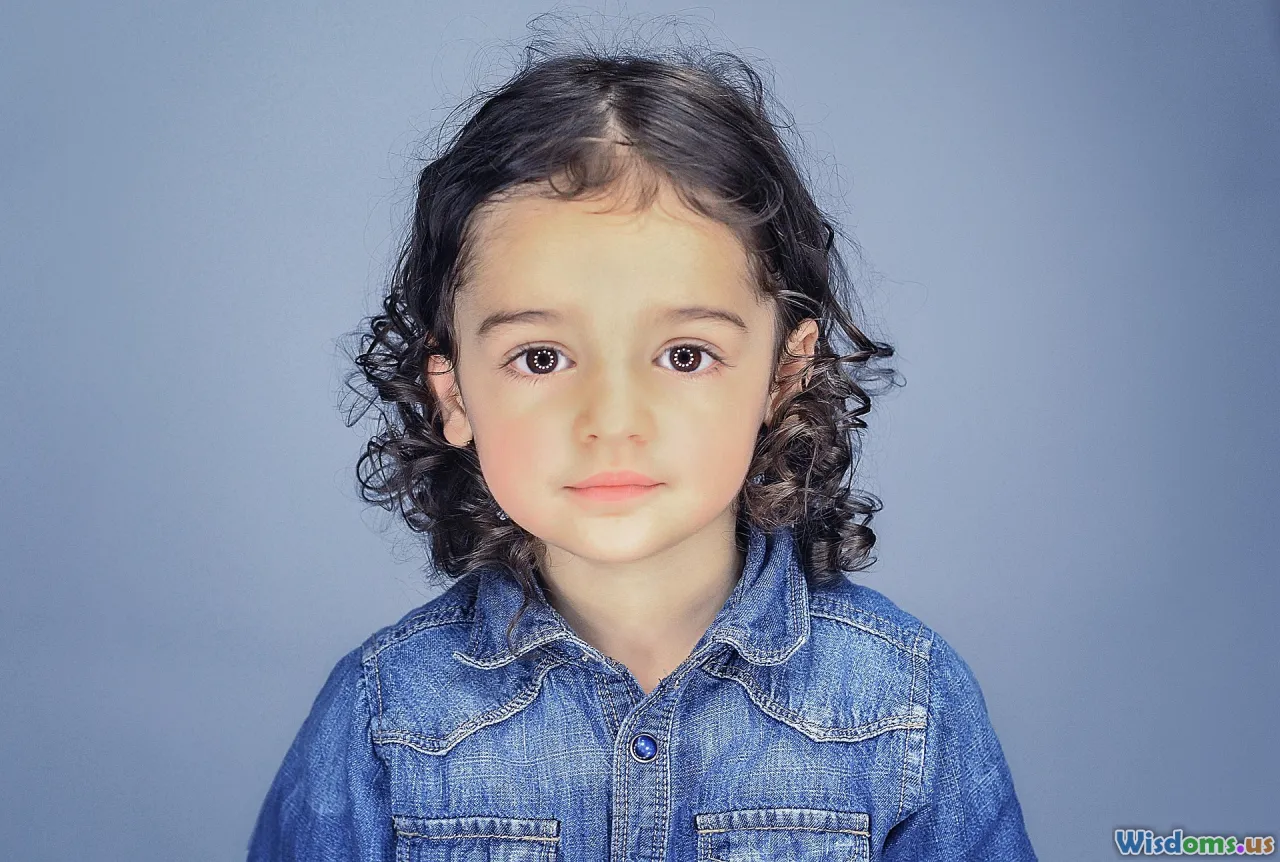
For brands, a blogger is more than a human billboard. Their audience insights and content skills create multidimensional value, which is why collaborations often go beyond mere product endorsements.
Content Collaboration
Bloggers ideate lookbooks and campaign visuals, sometimes art-directing shoots. For instance, Julie Sariñana of Sincerely Jules designed capsule collections with Billabong, helping shape the visual language and storytelling of each launch.
Co-Design & Capsule Collections
Brands increasingly invite bloggers to co-design, leveraging their pulse on trends. Notable examples:
- Chiara Ferragni x Tod's: Ferragni co-created limited-edition loafers blending her playful style with Tod’s craftsmanship, resulting in sold-out items and mainstream headlines.
- Nicole Warne x Net-a-Porter: Warne’s edition of curated pieces fused her tastemaker status with the retailer’s reach, positioning both as fashion trailblazers.
Data-Driven Campaigns
Bloggers often provide brands with behind-the-scenes data on what style choices resonate, which can influence design and marketing. When Chriselle Lim collaborated on a clothing line with Nordstrom, her Instagram DMs helped determine colorways, cuts, and price points.
Building Long-Term Brand Relationships

A single post isn’t a partnership, and true influence derives from repeat collaborations where blogger and designer trust grows into something mutually beneficial.
Authentic Advocacy
Fashion followers are increasingly wary of insincere product shilling. Bloggers such as Claire Most highlight that brands seek advocates, not advertisers. Repeat appearances—attending launches, wearing archival looks, attending preview dinners—signal deeper relationships.
Diversifying Collaboration Types
Long-term relationships can transcend apparel:
- Event Hosting & Appearances: Consulting, hosting collection unveilings, or speaking on panels at design schools or conferences. Camila Coelho often moderate brand roundtables, steering conversations on new lines.
- Creative Direction: Bloggers like Pernille Teisbaek offer input on lookbooks and digital strategy, shaping the designer’s public narrative—not just the product.
Feedback as Value
Relationship-oriented bloggers regularly provide constructive product feedback. In some cases, designers alter prototypes or marketing strategies based on influencer trial runs. This creates a feedback loop that benefits both.
Navigating the Business Side
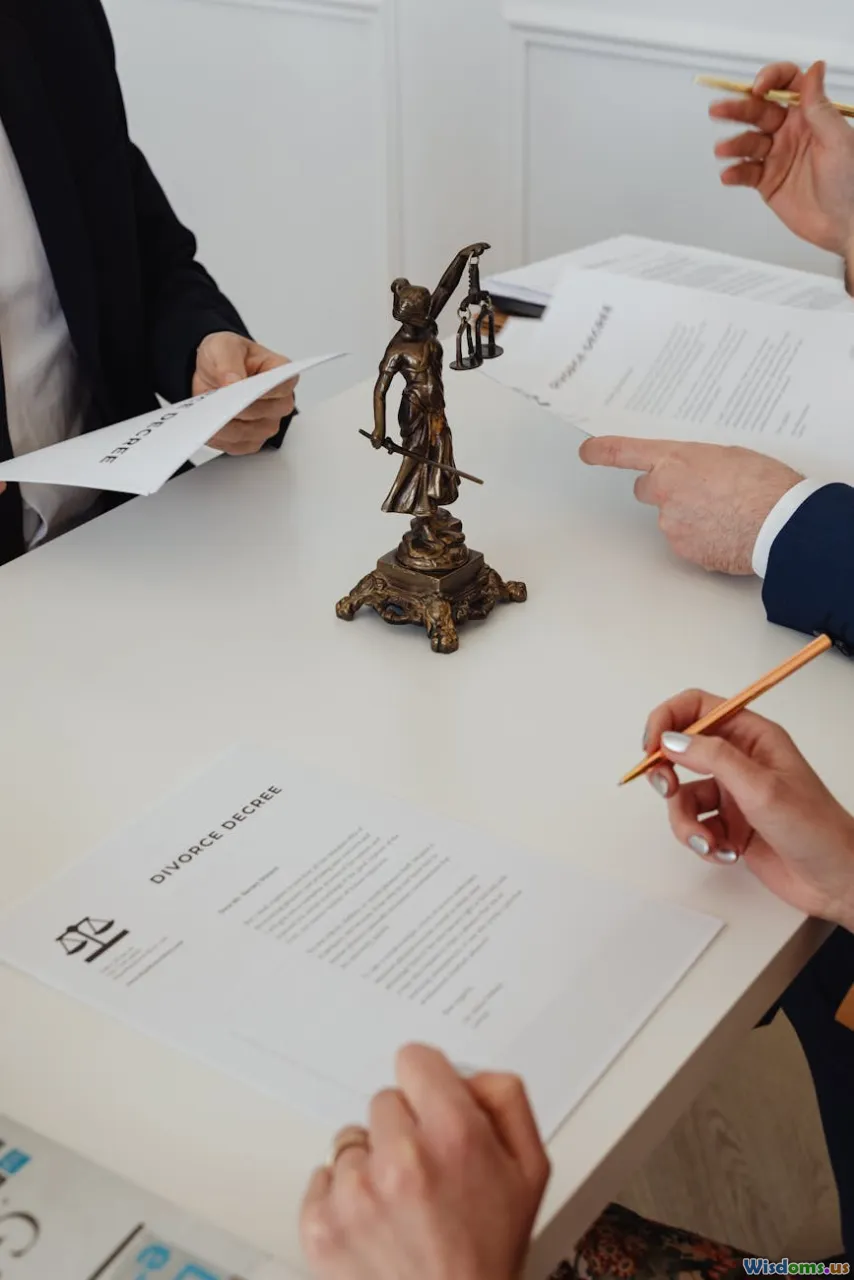
Negotiating designer collaborations isn’t just about creativity—it’s also an exercise in business acumen.
Defining a Clear Scope & Compensation
Influencers typically define the deliverables (posts, stories, videos, appearances) and align on both fixed and performance-based compensation. Fashion Law reports indicate that successful contracts often include clauses about exclusivity, campaign timelines, and usage rights for both images and design contributions.
Handling Intellectual Property
When co-designing, ensure contracts outline ownership of the intellectual property—this means royalties, licensing, and how long your name/image stays associated with the product. After an early handbags collab, Wendy Nguyen of Wendy’s Lookbook insisted on formalizing profit-sharing as her line sold out multiple times.
Professional Support
Top bloggers routinely consult with talent agents, legal counsel, and PR consultants to maximize partnership value. Even at early stages, joining networking groups (The Fashion Influencer Network, Fohr) can yield helpful tips and pooled resources for navigating contracts and payments.
Insider Tips for Aspiring Blogger-Designers
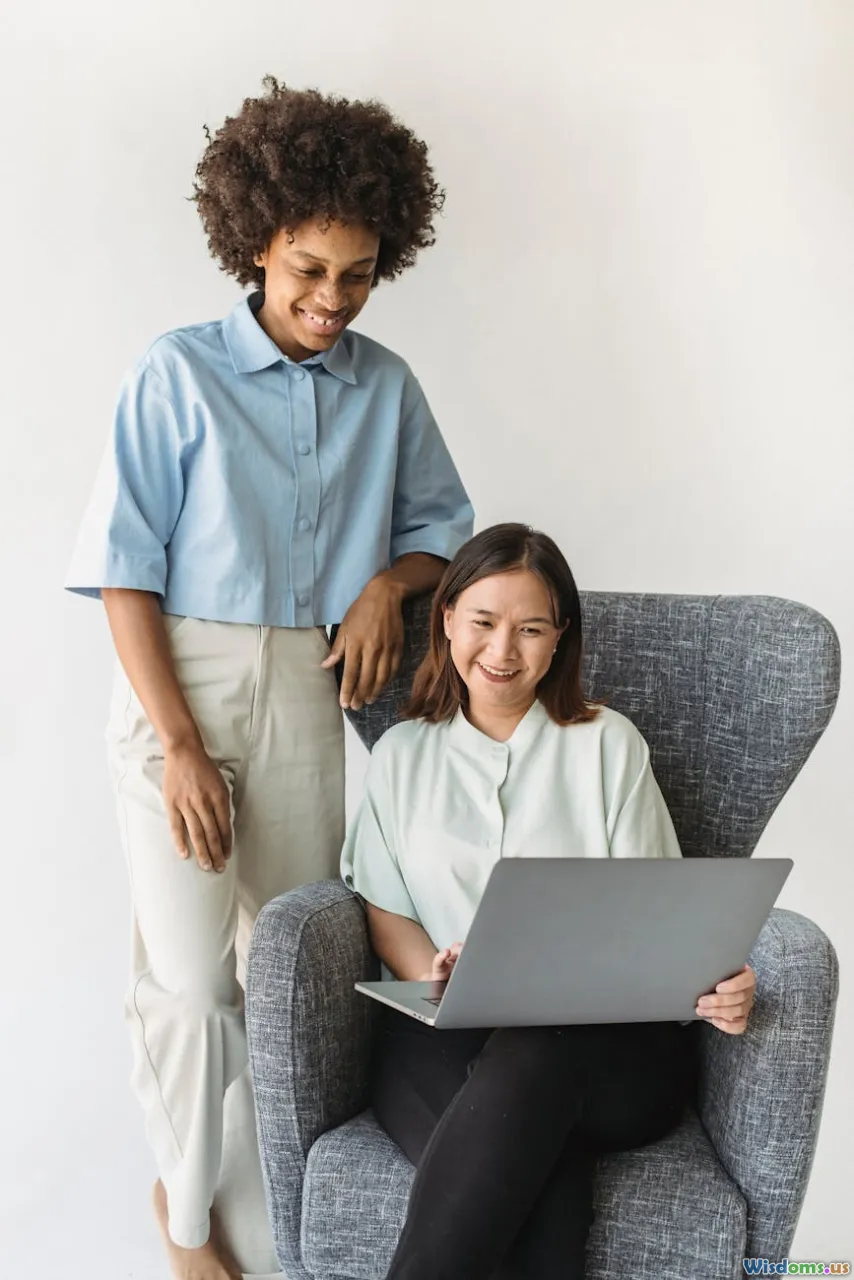
Want to move from blog to runway yourself? Here’s actionable advice drawn from fashion bloggers who’ve made it:
1. Develop Your Brand Narrative
What makes your style uniquely yours? Megan Ellaby (@meganellaby) built her audience around vibrant, printed retro outfits—a defined signature opening doors to collaborations with Daisy London and Boden.
2. Invest in Ongoing Skill Upgrades
Take short courses in photography, copywriting, or graphic design. Designers appreciate collaboration partners with technical know-how exceeding simple selfies or stories.
3. Engage Across Platforms
While Instagram is often the main hub, TikTok, Pinterest, and YouTube can amplify your reach. In 2023, the fashion brand With Jean collaborated with micro-influencers who leveraged TikTok transitions and #GRWM (Get Ready With Me) trends for millions of additional impressions.
4. Show Evidence of Collaboration Success
Curate visual reports and testimonials from past brand partnerships, highlighting traffic uplift, conversions, or press placements. These become invaluable when pitching new designer partners.
5. Network (Genuinely)
Forge friendships within both blogger and brand communities. Digital relationships often translate into real-world invites: many collabs are brokered through mutual contacts and informal chats as much as via formal contracts.
The Changing Face of Fashion Influence
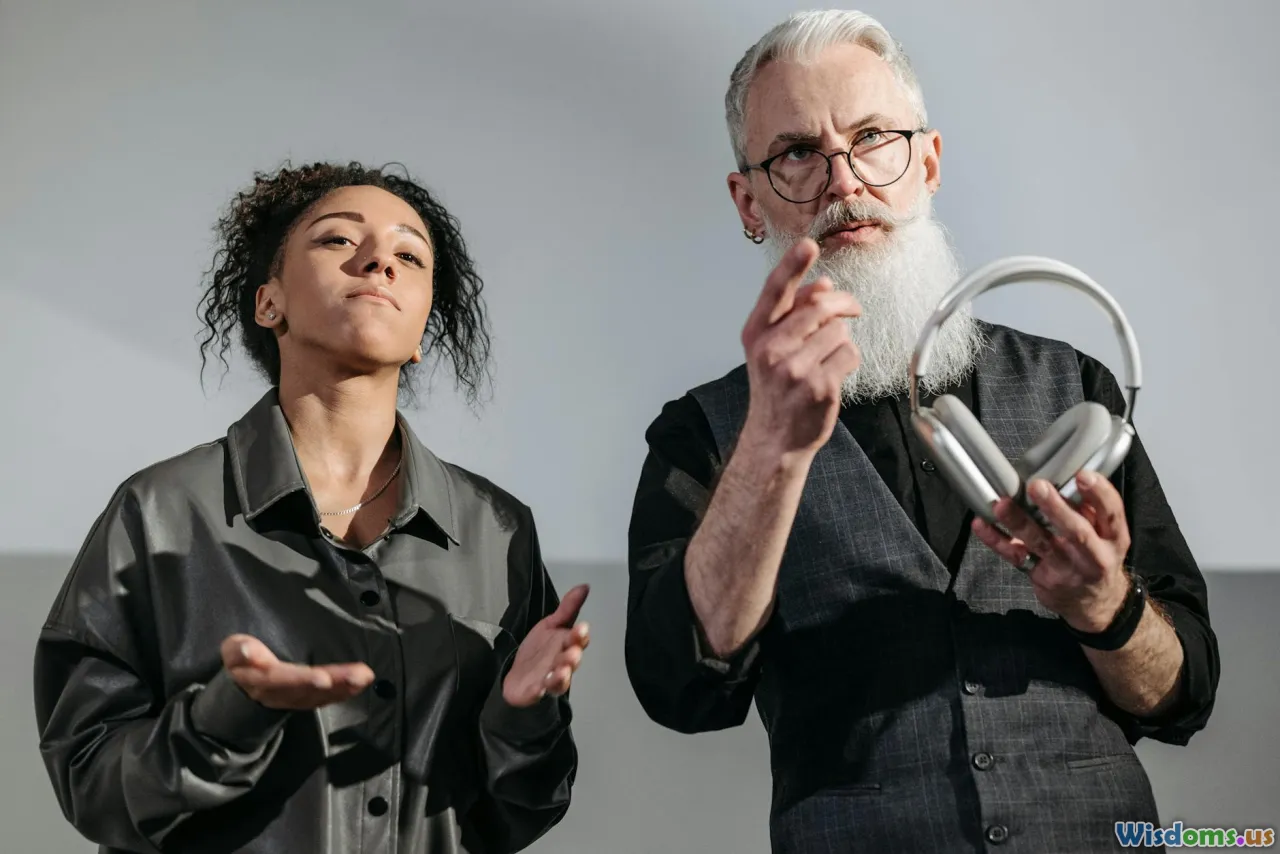
As the worlds of fashion and digital content continually blend, opportunities for bloggers to break into designer collaborations are only expanding. More designers than ever are counting on blogger insight to keep brands relevant and reach new markets. Meanwhile, bloggers add credibility, widen access, and diversify style canons from within.
The secret to enduring success isn’t just about numbers or aesthetics—it’s a blend of professionalism, unique voice, relationship-building, and business savvy. For fashion bloggers with vision, the journey from blog to runway is more open than ever: the only real limits are courage and creativity.
Rate the Post
User Reviews
Popular Posts










